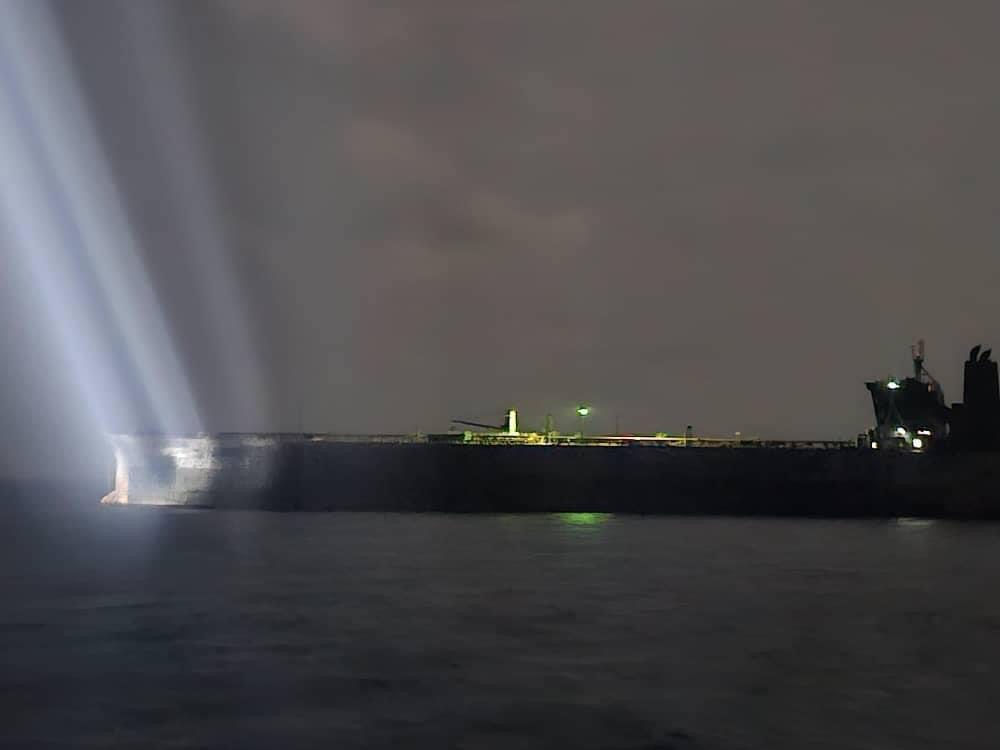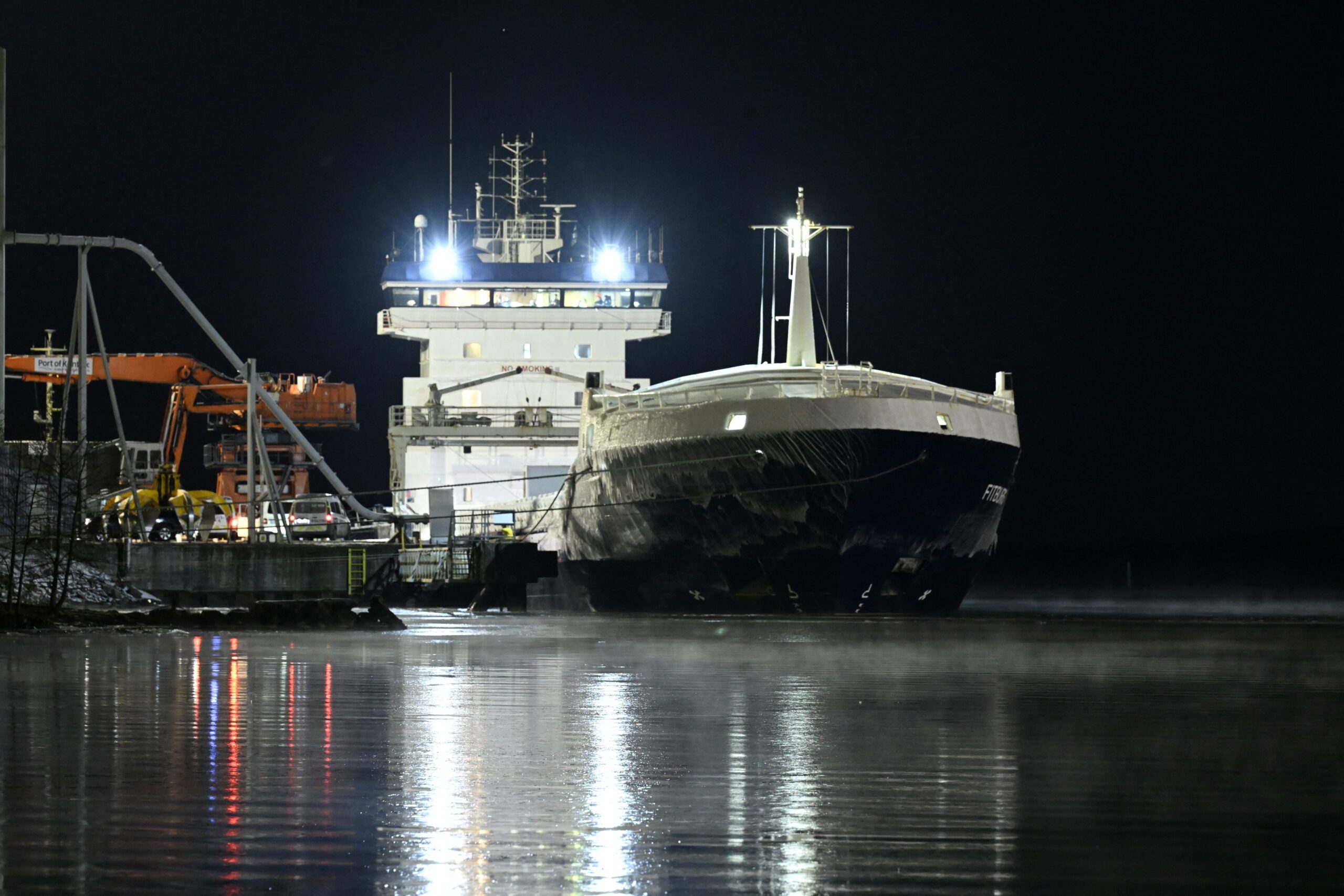After a year where large vessels such as capesize bulkers and supertankers were barely earning break-even day rates, momentum has since picked up in the shipping market translating to higher freight rates and asset prices.
There have been a few windows of opportunity here and there since then.
After a rather prolonged weakness in the markets – that actually has tested some market players like shipowners, bankers, brokers, etc. – it was great just to see the freight market hitting $40,000 per day on occasion and the BDI topping the psychological level of 2,000 points at some point, actually tripling in less than a year.
To the extent that the second-hand market for vessels is reliable, all shipping asset classes – across all vintages – have improved by 10%-40% in the last year, with older capesize vessels showing the strongest performance (admittedly, some of the ‘market’ sales of last year were textbook cases of ‘motivated’ selling.)
The words Initial Public Offering (IPO) has also come back to our vocabulary in shipping.
While still “distressed’, ‘restructuring’ and ‘bankruptcy’ are still part of the vocabulary in shipping, it’s encouraging seeing that smaller shipping companies – even ones sponsored by smaller independent shipowners – are lining up for the public equity markets. Given the circumstances, 2013 and the years before were decent in terms of IPOs in shipping, but absolutely all were focused on the LPG, LNG, offshore, or had heavy-hitters as sponsors such as Ardmore Shipping for example, or both advantages such as Navigator Gas with WL Ross as the sponsor in the LPG segment.
More than ten companies at present have filed or are actively exploring a public offering, at least half of them are smaller names, and one may be tempted to commend, with thin resumes or credentials.
Some of the IPO hopefuls are sponsored by big private equity (PE) funds that have entered the cycle relatively early and approaching the fund’s typical five-year investment horizon, and thus in need of exploring liquidity and gradual exit from their shipping investments. Whether or not the PEs are reaching their investment horizons is irrelevant as they have been eyeing for the exit and the public equity markets ever since committing their money into shipping.
The smaller PE funds that have invested in shipping on a smaller scale or on a project basis – and thus not ‘IPO-able, have also been discreetly ‘shopping’ the market to sell their vessels in the second-hand market at today’s pricing or ideally at a small premium, and thus exit for a quick and decent return without having to stay around for long to see how the shipping markets eventually will play out.
In short, sooner or later, smaller and larger private institutional investors will be looking for the exit, which is great; it’s called capitalism and an efficient market.
Notwithstanding the irony that bankruptcies and IPOs can so naturally co-exist in shipping, what caught our attention is within Genco’s financial disclosures, the company is expecting a 30% freight revenue drop between 2015 and 2016.
There is no fleet break-down or additional clarification, but it seems that projections are based on the company’s fleet remaining constant (about 53 vessels, of which nine capes, nine panamax, seventeen supramax, six handymax and thirteen handysize vessels). As such, based on constant fleet, voyage revenue is projected to drop from $302 million in 2015 to about $215 million in 2016; parenthetically, on the other hand, operating expenses are projected to keep growing at 2% annually.
The primary reason for the drop in the company’s freight revenue projections between 2015 and 2016 is that freight rate for dry bulk market will experience a meaningful market correction caused by tonnage oversupply. [By association and anecdotal evidence, the same belief holds true for the commodity tanker markets as well, just to a slightly lesser degree.]
Most of the ‘smart money’ expect that the market will fall based on the delivery wave of vessels presently on order that will start ‘hitting the market’ in late 2015 (and early 2016 as likely several deliveries will be pushed forward into the following year.)
The projections in Genco’s filing do not divulge any ‘state secrets’, but they do put forward formally, and rather eloquently, the expectation that any shipping recovery during the present cycle will likely be weak, with no ‘higher highs’ or great volatility; more importantly, Genco’s projections imply that the window of opportunity will be rather very short-lived.
If the window of opportunity is expected to be short-lived, then it will have to be utilized to its maximum potential by likely selling assets and lining up fast on the IPO queue to obtain a public listing. If so, likely the present pool of companies mentioned or considered for IPOs will have to be more numerous than it meets the eye; not bad for advisors and investment bankers, but it will be interesting seeing whether the public markets – and second-hand buyers – will be hungry enough and for a sustainable amount of time to absorb tonnage and shares from all these promising companies.
But again, that’s capitalism.

 Join The Club
Join The Club











